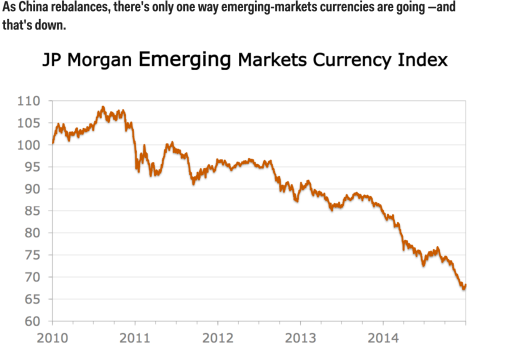
“The Enron scandal, revealed in October 2001, eventually led to the bankruptcy of the Enron Corporation, an American energy company based in Houston, Texas, and the de facto dissolution of Arthur Andersen, which was one of the five largest audit and accountancy partnerships in the world. In addition to being the largest bankruptcy re-organization in American history at that time, Enron was attributed as the biggest audit failure.
Enron was formed in 1985 by Kenneth Lay after merging Houston Natural Gas and InterNorth. Several years later, when Jeffrey Skilling was hired, he developed a staff of executives that, by the use of accounting loopholes, special purpose entities, and poor financial reporting, were able to hide billions of dollars in debt from failed deals and projects. Chief Financial Officer Andrew Fastow and other executives not only misled Enron’s board of directors and audit committee on high-risk accounting practices, but also pressured Andersen to ignore the issues.
Enron shareholders filed a $40 billion lawsuit after the company’s stock price, which achieved a high of US$90.75 per share in mid-2000, plummeted to less than $1 by the end of November 2001. The U.S. Securities and Exchange Commission (SEC) began an investigation, and rival Houston competitor Dynegy offered to purchase the company at a very low price. The deal failed, and on December 2, 2001, Enron filed for bankruptcy under Chapter 11 of the United States Bankruptcy Code. Enron’s $63.4 billion in assets made it the largest corporate bankruptcy in U.S. history until WorldCom’s bankruptcy the next year.
Many executives at Enron were indicted for a variety of charges and were later sentenced to prison. Enron’s auditor, Arthur Andersen, was found guilty in a United States District Court, but by the time the ruling was overturned at the U.S. Supreme Court, the company had lost the majority of its customers and had ceased operating. Employees and shareholders received limited returns in lawsuits, despite losing billions in pensions and stock prices. As a consequence of the scandal, new regulations and legislation were enacted to expand the accuracy of financial reporting for public companies. One piece of legislation, the Sarbanes-Oxley Act, increased penalties for destroying, altering, or fabricating records in federal investigations or for attempting to defraud shareholders. The act also increased the accountability of auditing firms to remain unbiased and independent of their clients.” – Wikipedia
Smart Management?
Now check out Enron’s annual report for fiscal year 2000.
In the annual report Jeffrey K. Skilling (President and CEO) together with Kenneth L. Lay (Chairman) began the shareholder letter in the following (kind of pretty optimistic) way.
Below is an overview and discussion of Enron’s net income compared to a calculation of owner earnings.
You can see the big red warning flag of net income not syncing with owner earnings.
What I’ve heard is that many people will read the financial statements backwards. Start with the cash flow statement first and income statement last. It follows the mantra that cash is king. Follow the cash.
Wall Street fell in love with earnings, accruals, and backlog. Cash was for dummies.
Another simple rule of thumb is that bad companies rarely turn it around and stay consistent year over year. They may have a couple of good years, but expect to see down swings and frequent bad years.
A great book is Financial Shenanigans: How to Detect Financial Gimmicks & Fraud In Financial Reports. In the book the authors discuss the Enron scandal awarding Enron for “Most Outrageous Financial Shenanigans”, see image below.
The discussion of the Enron scandal in Financial Shenanigans and the financial shenanigans is summed up as follows.
The problem is that this is a ton of work for retail investors to dig up.
Doing a case study for education is insightful, but when you try to apply these techniques to every stock you are interested in, it easily gets overwhelming.
Few simple options.
- Invest in index funds as recommended by Warren Buffett and go on with your life
- Focus on simple businesses and don’t be afraid to throw 90% of companies you come across in the “too hard” pile
- Simplify your process by using systems and tools like Old School Value that helps you crunch numbers, identify red flags and makes financial analysis easier.
Recommended Books on Enron by Buffett
In his 2003 letter to shareholder Warren Buffett recommended the book The Smartest Guys In the Room. Here’s what he had to say.
Another book written about the Enron collapse is Power Failure: The Inside Story of the Collapse of Enron.
“Power Failure is the electrifying behind-the-scenes story of the collapse of Enron, the high-flying gas and energy company touted as the poster child of the New Economy that, in its hubris, had aspired to be “The World’s Leading Company,” and had briefly been the seventh largest corporation in America.





